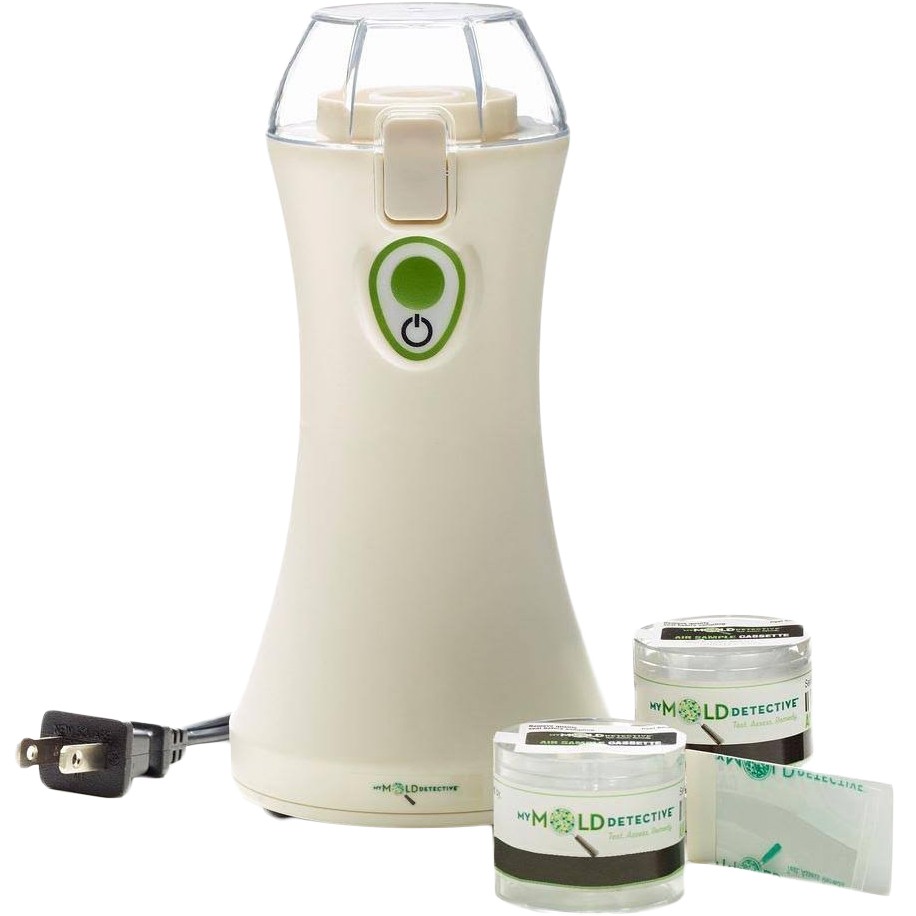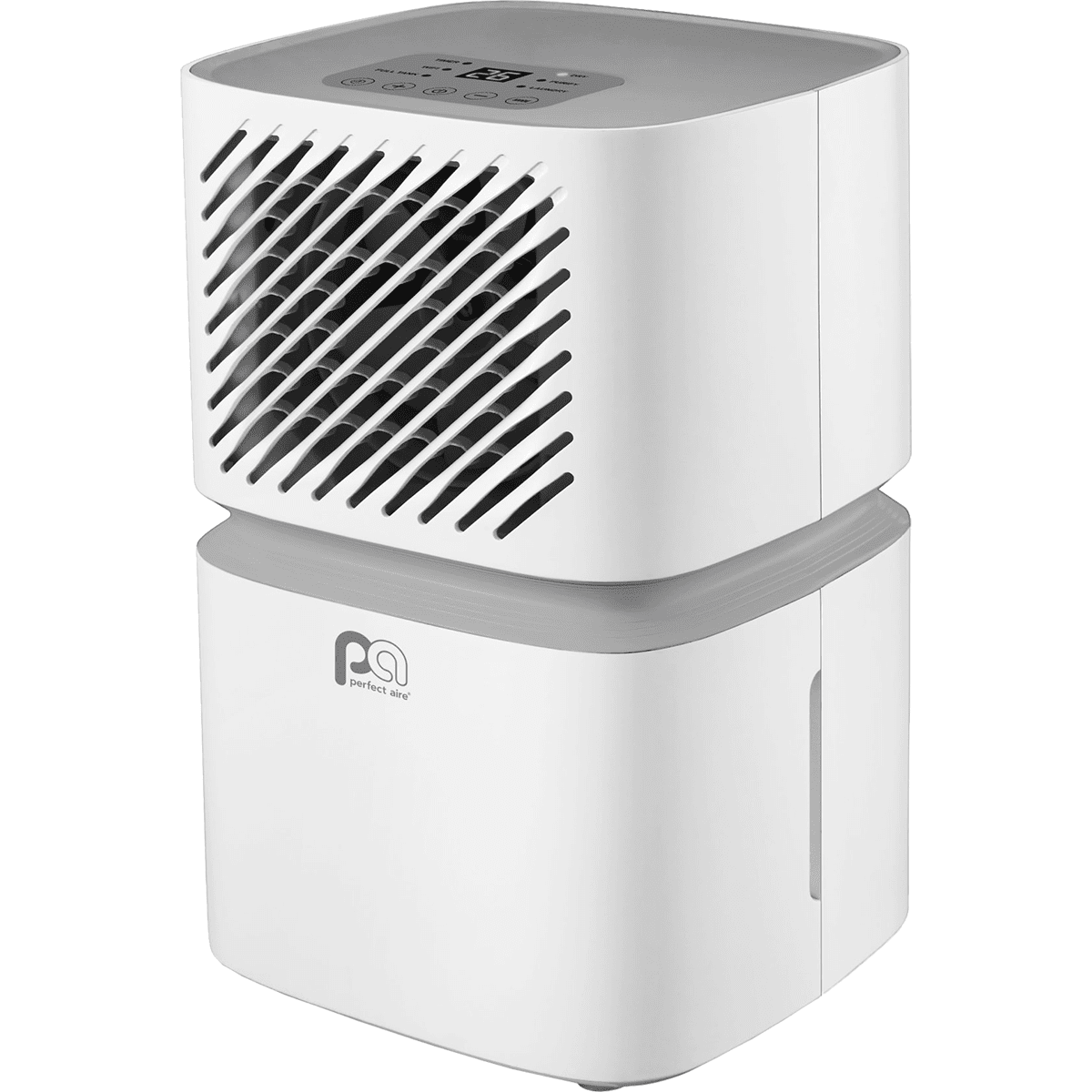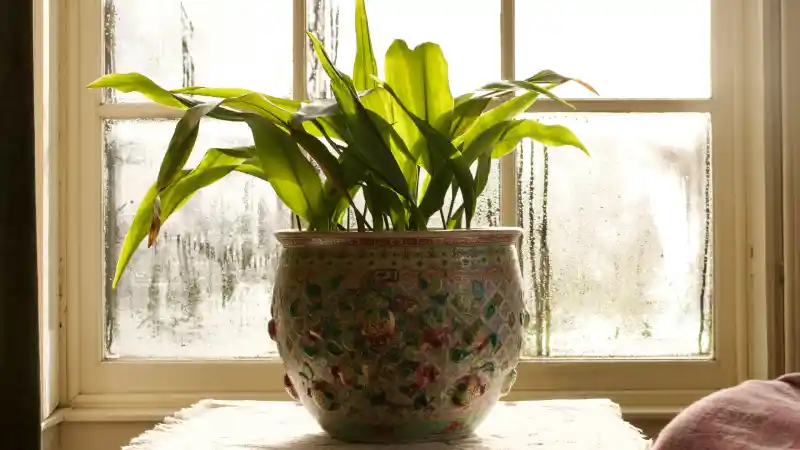Disclosure: This post may contain affiliate links, meaning we get a commission if you decide to make a purchase through our links, at no cost to you. Please read our disclosure for more info.
Mold in the house?
Just the thought of it can keep you awake at night.
Black-green, smelly spots on your walls, furniture, and floors, it’s enough to send a shiver of disgust down your spine. Not only does it look sickening, but it’s also harmful to health. Even so, mold problems in homes are common.
If you suspect you have mold growing in your house, don’t panic yet. Here’s all you need to know about house molds and what you can do about it.
In This Post:
What are Molds?
Mold is fungi, mostly black, white, green, or pink colored. It is harmless to nature and in fact, essential. But if it’s growing inside your house, it is a big problem.
Why does it start to grow in the first place, you may ask? If your home has water leaks or is humid in general, it’s a perfect spot for molds to begin living their best life.
Signs of Mold in Your Home
It’s time to decide whether your hunch is right or wrong. Here are some indications that can confirm you have these unwelcome guests in your house:
1. Visible Signs
If you can see it, you have this problem. Mold can look like black, dark green spots on walls and ceilings, known as the black mold. Further signs include white spots on your furniture or carpets.
If brown or dark green, velvety-textured stuff is growing below sinks, water taps and showers, its mold.
2. Odor
Not all molds will be apparent. Some of them are sneaky and hide behind wallpaper and flooring. In that case, if you smell something earthy, like rotting wood in the air, it’s time to start searching for mold.
3. Health Issues
If you have recurring cold-like symptoms or unexplained respiratory issues, you may have mold growing in your house. Read the next section for more details about mold and health problems.

Effects of Mold in Your Home
But what makes it so harmful to your health? Molds release ‘mold spores’ to reproduce. When you breathe in these spores, your respiratory system goes haywire. You will probably face the following symptoms:
- Sneezing
- Wheezing
- Runny nose
- Cough
- Triggered asthma attacks
- Allergic reactions to mold
- Eye irritation
- Skin rashes
- Bacterial infections on the skin and respiratory tract
Living in a moldy house can seriously affect your health. Children are especially in danger, who are still developing immunity. Consequently, it can cause chronic asthma in kids and trigger other allergic reactions.
It not only causes a stampede of health issues but can also damage your beautiful house. Mold destroys wallpaper and rots furniture and fabrics. It also weakens walls and floorboards.
If you don’t remove it soon, these materials can collapse. In the worst cases, entire portions of a house need to be rebuilt to solve the problem.
It sounds scary, doesn’t it? Luckily, there are ways to get rid of these nasty beings.
How to Get Rid of Mold
Did you find a fungus growing in your house? Don’t lose hope so soon! If the mold has not spread to more than ten square feet, it’s cool. You can get rid of it.
How? For starters, gather a lot of courage. You’re about to get very close to the icky-looking mold. Here’s how you can get rid of mold from different surfaces:
- Scrubbing small moldy surfaces with detergent
- Using chlorine bleach to kill mold and clean the surface
- Mixing baking soda and borax to remove molds
- Using white vinegar to clean furniture and home appliances
- Washing fabrics with very hot water and disinfectants
How to Prevent Mold in Your Home
Precaution is better than cure. It can be tiresome and costly to remove molds. But here’s the good news: it is relatively easy to prevent molds. Just take a few precautionary steps, and you will always have a mold-free home.
Firstly, dry whatever area of your house that stays wet. Fix any pipes, showers, ceilings, or gutters that leak. This way, mold won’t have any moisture around the house to thrive in.
Next, you should allow air to circulate in the house after showering or doing the laundry. This will remove extra moisture in the air inside your home.
But letting in air from outside also means letting in mold spores. Worry not, because a good air purifier for mold is all you need to get rid of the spores. Additionally, you can invest in a dehumidifier to lower humidity inside your house. We especially recommend this if you live in a hot and humid climate.
If you suspect mold growth despite these precautions, professional mold testing is a smart step to ensure your home is mold-free and safe.
Lastly, use mold-resistant products and materials. For example, using drywall in bathrooms will prevent mold from growing. Or, using mold-resistant wood and paint can also lower the risk of fungus growth. Also, use carpets that resist molds, to further avoid it.

Conclusion
Mold can be pretty stubborn, but with some effort and care, you can defeat it. More importantly, it is always smart to prevent molds before they grow and spread. Stay cautious, and you won’t be losing any sleep over mold problems.




